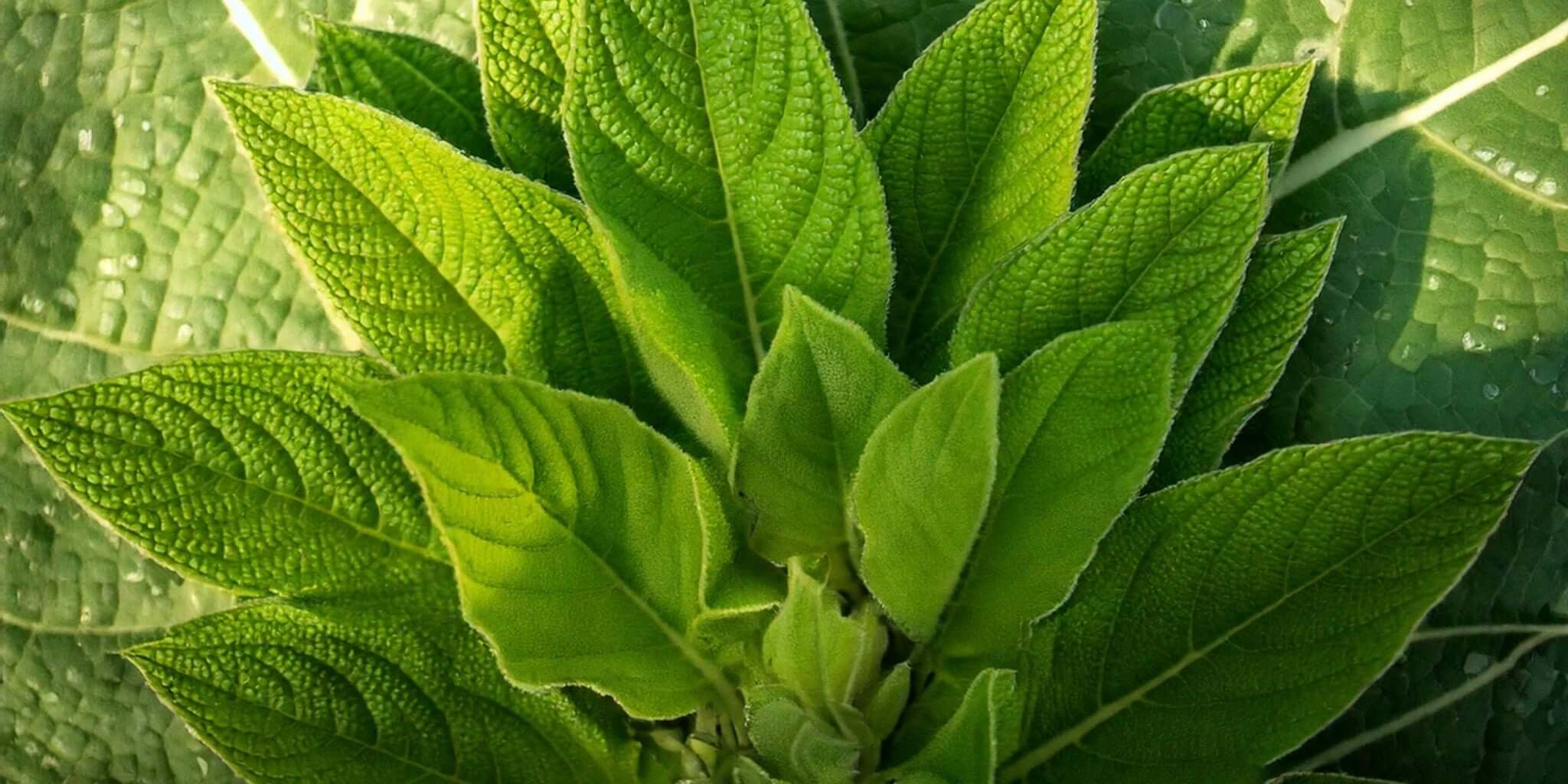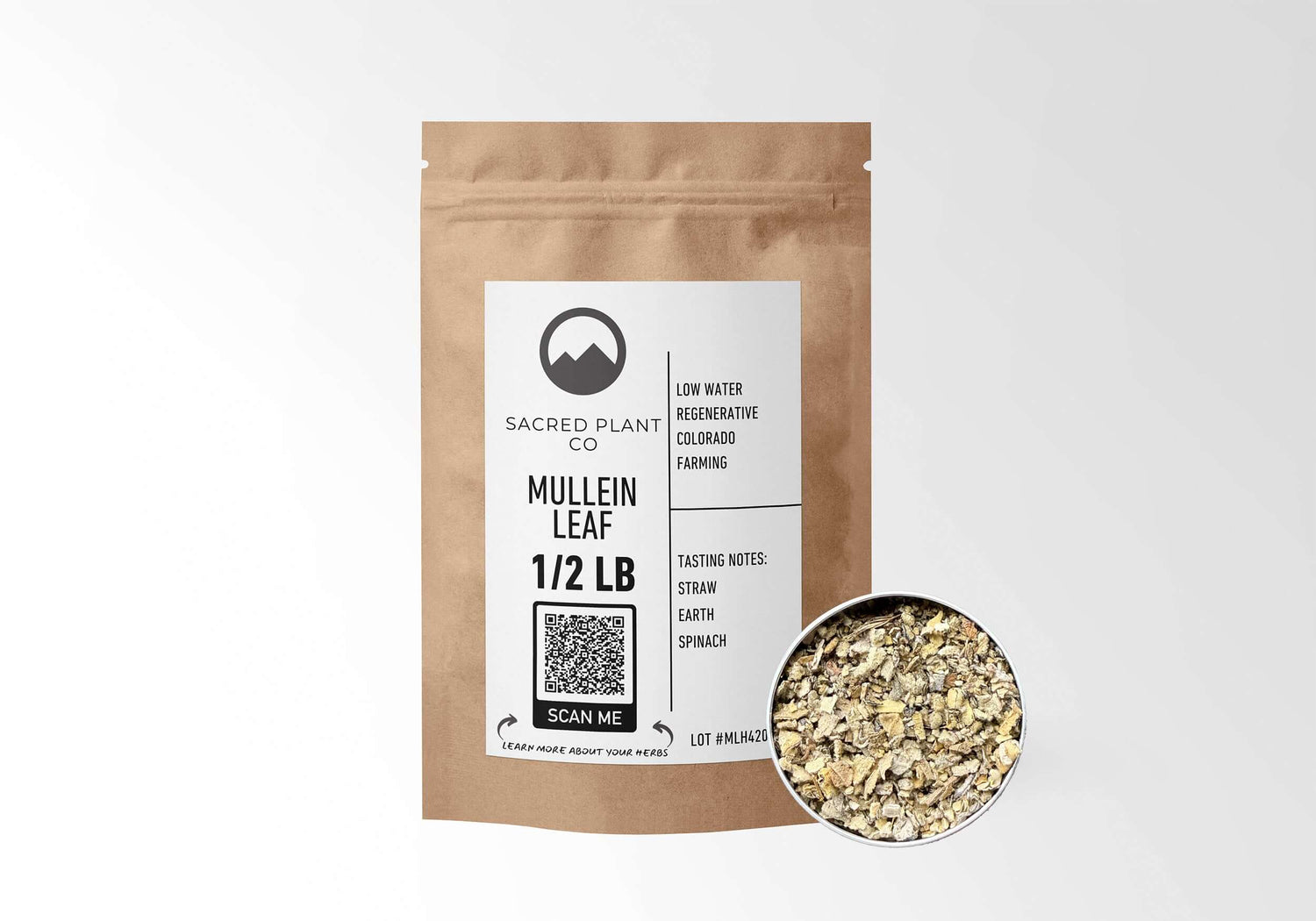Mullein Leaf (Verbascum thapsus): Uses, Recipes, and Thoughtful Safety Tips
Last updated: August 29, 2025
Introduction to Mullein Leaf
Mullein Leaf (Verbascum thapsus) appears across centuries of household herbals and folk recipes. It is commonly prepared as a tea or steam for simple, everyday comfort—especially around seasonal respiratory irritations. While tradition is rich, modern evidence varies by preparation and study design, so it’s best considered a gentle option that may help you feel more comfortable, not a cure-all.
Historical and Cultural Significance of Mullein Leaf

Mullein Leaf’s history spans many regions and practices.
Ancient remedies across civilizations
- Greek and Roman traditions: Mullein was noted in classical sources for soothing, everyday respiratory discomfort and simple topical uses on minor wounds.
- Native American practices: Historical accounts describe uses for colds, coughs, and skin irritation; leaves sometimes appeared in smokes or poultices within specific cultural contexts.
- European herbalism: Medieval and early-modern herbals included mullein in teas and salves for a variety of household complaints.
Symbolism and folklore
- Often called the “candlewick plant,” its tall, dried stalks reportedly served as torches in some traditions, lending mullein a symbolic link with guidance and protection.
- Folklore mentions hanging mullein in doorways or burning it in rituals to ward off “ill winds.”
Modern applications (with prudent expectations)
Today, mullein appears in herbal teas, steams, and topical infusions. Some small studies and lab work explore soothing and antioxidant properties, but results differ by preparation. If you try mullein, start with common culinary amounts and see how you feel over one to two weeks.
Harness the Power of Mullein Leaf: A Trusted Ally for Everyday Comfort

Mullein Leaf is widely used in home herbalism for simple comfort. Below are ten commonly cited reasons people include it, written with cautious, evidence-aware language:
1. May support respiratory comfort
Traditionally sipped as a warm tea or used as a steam when airways feel irritated. Many people find the ritual soothing.
2. May help with general irritation and inflammation
Some lab and animal research explore calming effects on tissues; human results vary. Consider it part of a gentle routine.
3. Ears: traditional uses
Mullein oil appears in folk ear drops alongside other botanicals. If you suspect infection, pain, or a ruptured eardrum, consult a clinician before using any ear preparation.
4. Digestive ease (traditional)
A mild tea after meals is a common folk approach for simple after-dinner comfort.
5. Simple skin soother
Basic, well-strained teas or clean infusions may be used in compresses for minor skin discomforts. Stop if irritation occurs.
6. Antioxidant exploration
Laboratory studies examine antioxidant compounds in mullein. Culinary-strength tea is a modest way to include it in your routine.
7. Joints and muscles (traditional)
Warm compresses and massage oils feature in folk practice. Evidence for specific outcomes is limited; use as part of a broader plan.
8. Calm and focus ritual
A quiet cup in the evening may help some people settle, especially paired with rest-friendly habits (dim light, screens off).
9. Wind-down and sleep routine
Often blended with lavender or chamomile in bedtime teas; responses are individual.
10. Gentle “reset” days
Some include mullein in light, hydrating tea blends during simple, food-first “reset” days. Prioritize nutrition, rest, and hydration.
Recipe Section: Nourishing and Practical Mullein Leaf Recipes
1. Classic Mullein Leaf Tea for Respiratory Relief

Ingredients:
- 1 tablespoon dried Mullein Leaf
- 2 cups water
- Honey or lemon to taste
Instructions:
- Place Mullein Leaf in a saucepan or teapot with water.
- Bring to a boil, then reduce heat and simmer for 10 minutes.
- Important: Strain carefully through a fine mesh or cheesecloth to remove tiny hairs.
- Add honey or lemon if desired; enjoy warm.
Tip: For a smoother cup, pre-wet your filter and strain twice.
2. Mullein and Eucalyptus Steam for Congestion

Ingredients:
- 1 handful dried Mullein Leaves
- 3–4 drops eucalyptus essential oil
- 4 cups boiling water
Instructions:
- Add Mullein Leaves to a large bowl and pour over boiling water.
- Add eucalyptus oil (avoid direct skin contact with concentrated oil).
- Lean over the bowl under a towel and inhale gently for 5–10 minutes. Stop if you feel dizzy or irritated.
3. Mullein Leaf and Lavender Sleep Tea

Ingredients:
- 1 tablespoon dried Mullein Leaf
- ½ teaspoon dried Lavender flowers
- 2 cups boiling water
Instructions:
- Combine mullein and lavender in a teapot.
- Pour boiling water over herbs; steep 7–10 minutes.
- Strain thoroughly; sip warm as part of a broader wind-down routine.
4. Mullein Leaf Infused Oil for Sore Joints and Ear Area (Topical)

Ingredients:
- ½ cup dried Mullein Leaves
- 1 cup olive or almond oil
Instructions:
- Place mullein leaves in a clean, dry glass jar and cover with oil.
- Seal and set in a warm (not hot) spot for 2–4 weeks, shaking occasionally.
- Strain through fine cloth; store cool and dark. Apply topically to joints or the outer ear area. Do not insert into the ear canal unless directed by a clinician.
5. Mullein Detox Tea Blend

Ingredients:
- 1 tablespoon dried Mullein Leaf
- 1 teaspoon dried Dandelion Root
- ½ teaspoon dried Peppermint leaves
- 2 cups boiling water
Instructions:
- Combine herbs in a teapot.
- Pour boiling water and steep 7–10 minutes.
- Strain thoroughly and sip. Always prioritize balanced meals and hydration.
These recipes show simple ways to include mullein in your day—whether as tea, steam, or topical oil. Responses differ person to person; notice how you feel and adjust.
Bonus Tips: How to Use Mullein Leaf
- Steam inhalation: Inhale gently and stop if lightheaded. Keep eyes closed to avoid irritation.
- Topical compress: Use a clean cloth soaked in well-strained, cooled tea; patch test first.
- Simple cough syrup (kitchen use): Combine well-strained mullein tea with honey and a slice of ginger; refrigerate and use within a few days.
Learn More About Mullein Leaf
Dive deeper into the background and everyday uses:

Explore mullein’s historical footprint and place in traditional herbals.

Learn about mullein’s versatility today, from teas to topical infusions.
Get Started with Mullein Leaf
Mullein Leaf is an approachable herb for simple home uses. If you’re new to it, start with a well-strained tea or a gentle steam and see how you respond.
Breathe Easy and Thrive

Mullein Leaf’s gentle character makes it a practical addition to a calm, evidence-aware routine. Pair it with rest, hydration, and balanced meals for best results.
Safety and Considerations
- Use common culinary amounts. If you’re pregnant, nursing, have a medical condition, or take medications, speak with a healthcare professional before regular use.
- Always strain mullein tea very well to remove leaf hairs that can be irritating.
- Stop use if you notice irritation or discomfort. For suspected infections or persistent symptoms, seek medical care.
- Topical oils are for external use. Do not place oils into the ear canal unless directed by a clinician.
- Store dried leaves in an airtight jar, cool, dark, and dry; label and rotate for freshness.
Educational purposes only. Not medical advice.






